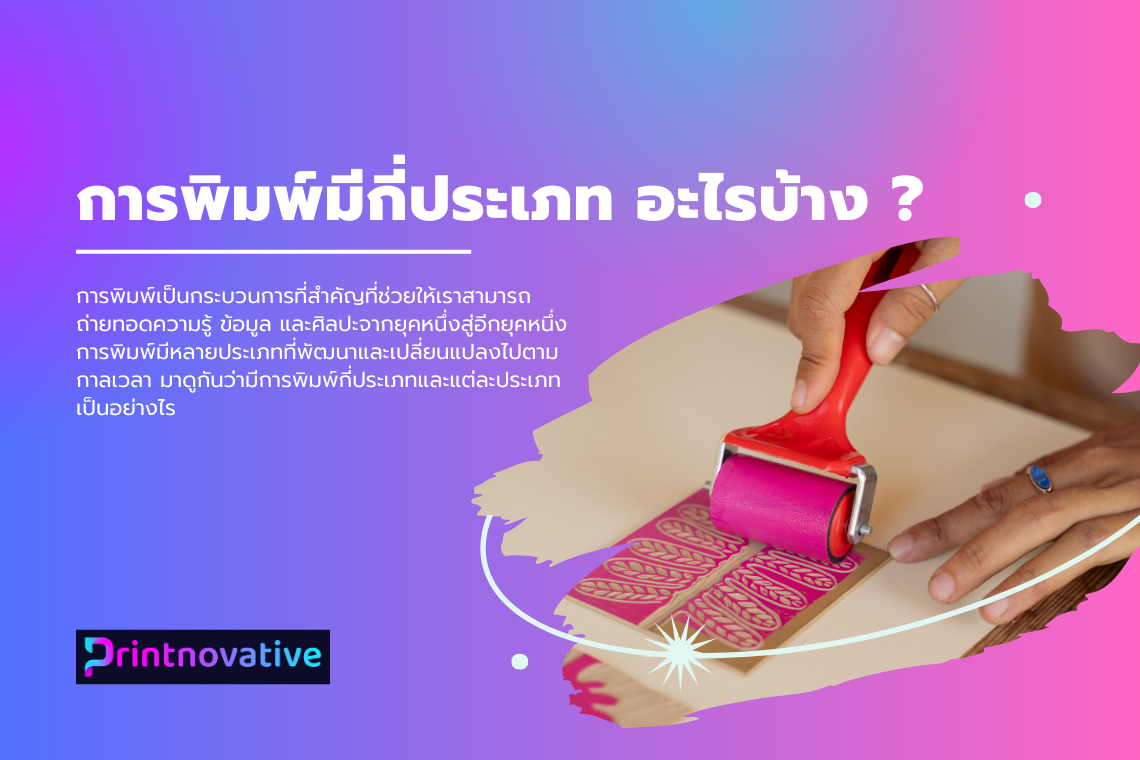Last updated: 18 Aug 2024 | 823 Views |

Printing is a crucial process that allows us to transmit knowledge, information, and art from one era to another. Over time, printing has evolved and diversified into many types. Let's explore the various types of printing and their characteristics.
Woodblock printing originated in ancient China and Japan. This method involves carving characters or images into a wooden block, which is then used to print on paper or fabric. This process requires skill and time, but it produces beautifully detailed results.
Engraved woodblock printing involves carving designs or text into wood or metal plates. This method is durable and allows for multiple reproductions, making it ideal for detailed and high-quality prints.
The invention of the typewriter in the medieval era revolutionized printing, allowing for faster and more efficient production of books and documents. Typewriter printing significantly broadened the dissemination of information.
Metal-type printing uses metal types with engraved characters to print on paper or other materials. This method, popular in Europe, was widely used from the medieval period to the modern era.
Sheet-fed offset printing uses a plate with the desired image or text, which is then pressed onto paper or other materials. This method is precise and allows for large-volume printing.
Web offset printing, commonly used for newspapers and magazines, involves continuous rolls of paper fed through the press. This method is fast and efficient for high-volume printing.
Laser printing uses laser technology to create images or text on paper or other materials. It is fast and high-resolution, ideal for documents and images requiring clarity.
Inkjet printing involves spraying ink through nozzles to form images or text on paper or other materials. It is flexible and can print in various colors, making it suitable for photos and art.
3D printing with plastic involves layering melted plastic to create three-dimensional objects. This method is precise and can produce complex shapes.
3D printing with metal involves layering melted metal to create three-dimensional objects. This method is durable and can produce strong and intricate items.
Silk screen printing uses ink forced through a mesh screen to create images or text on fabric. This method is durable and can print in multiple colors, making it popular for clothing and textiles.
Silk screen printing can also be used on glass, plastic, and other smooth surfaces. It is versatile and can produce high-resolution images.
Flexography is used for printing on packaging materials such as cardboard boxes and plastic bags. This method is fast and can print large quantities, ideal for durable packaging.
Flexography can also print on paper and plastic films, such as labels and stickers. It is flexible and can print on various materials.
Gravure printing is used for high-volume newspaper printing, involving engraved images or text on plates pressed onto paper. This method is fast and efficient.
Gravure printing is also used for high-resolution packaging, such as cosmetic boxes and food packaging. It produces sharp, detailed images.
Printing is a vital process for transmitting information, knowledge, and art from the past to the present. There are many types of printing, each evolving and suited to different applications. The printing industry faces challenges and must adapt to survive. Embracing new technologies, changing business models, and maintaining sustainability are key to the industry's development. Printing's future will be diverse and crucial in creating objects and communication in a rapidly changing era.
18 Sep 2024